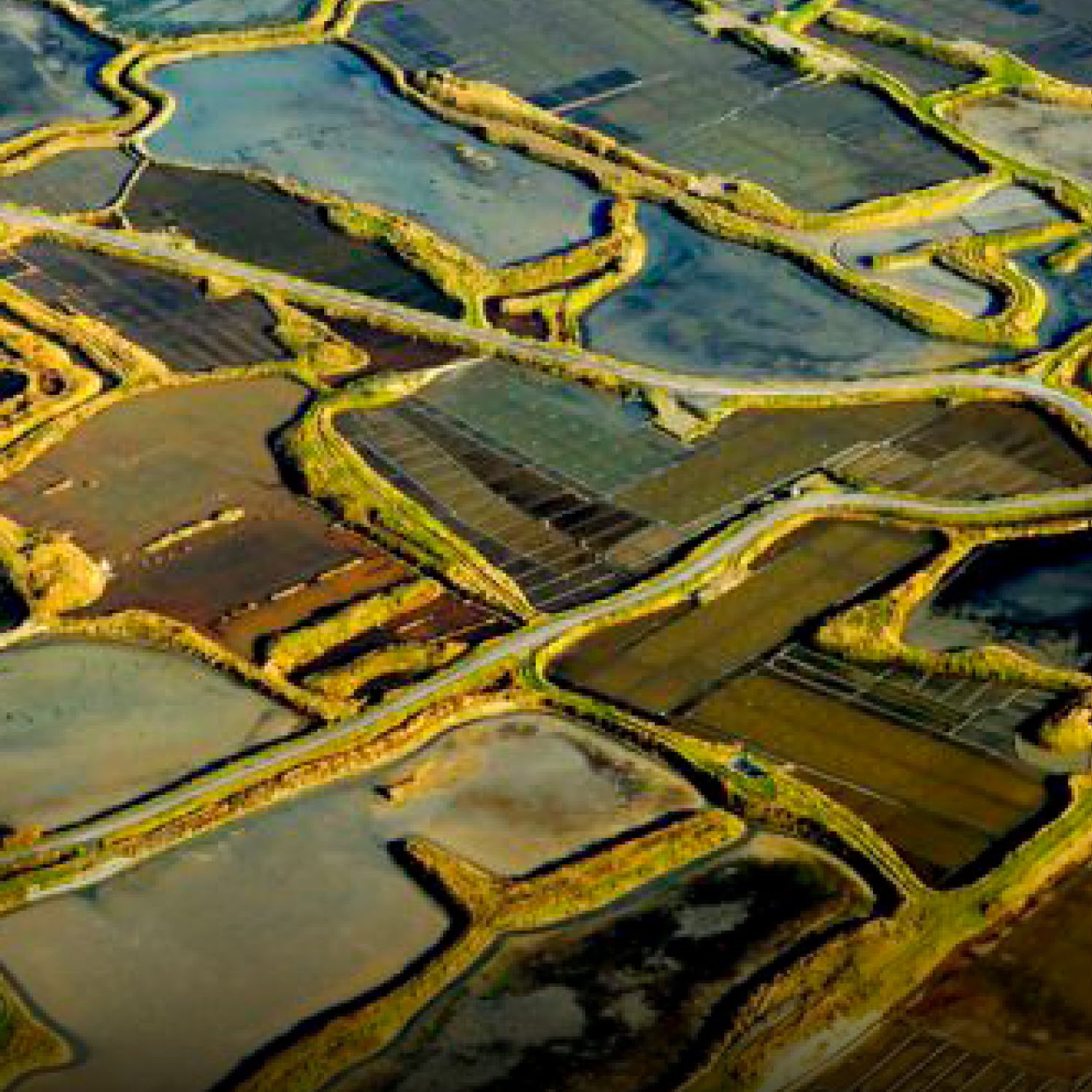
Brendan Crowell has made a number of singular contributions to geodesy and specifically to its application toward disaster risk reduction. Two of Brendan’s algorithms, known as G-FAST and PGD, are now the two algorithms that have been adopted by the U.S. Geological Survey’s ShakeAlert earthquake early warning program to do ultrafast characterization of magnitude and location for the western United States. G-FAST has also been implemented at NOAA’s tsunami warning centers for operational use of real-time Global Navigation Satellite System (GNSS) data for rapid and accurate tsunami inundation warnings. Despite being just shy of 10 years out of his Ph.D., Brendan has these as well as an impressive other body of work to his credit. His interests are broad, and any system or process that impacts GNSS signal structure elicits his focus and his productivity. For instance, in the last year alone his group has published on ionosphere perturbations caused by the massive Tonga volcano eruption in summer 2022, an ML-based slow earthquake catalog from GNSS for all Cascadia slow-slip events since 1992, and a host of coseismic slip distributions inverted from GNSS, as well as tsunami excitation for subduction zone events, for large global earthquakes. The automated slow-slip detector is particularly novel. He realized last year that by integrating GNSS position time series, in which Cascadia slow-slip earthquakes (SSEs) take on a characteristic and unique profile, he could then train an AI instance to identify those shapes and pick them out automatically. Brendan and his students have used this new technique to generate the first Cascadia-complete SSE catalog comprising several hundred SSE events in the M 6–6.7 range since 1992, when the first GPS receiver was installed. This is a great example of the novel sorts of things Brendan comes up with routinely, and I fully expect he will continue to be a fountain of new ideas going forward. To date, however, he’s made very strong contributions that have cemented GNSS’s role in global earthquake and tsunami hazard mitigation and risk reduction, a field that previously belonged mostly to seismology. We’re very fortunate to have Brendan in our community, and I fully expect the noteworthy contributions he’s made to date will continue for many decades still to come.
—Tim Melbourne, Central Washington University, Ellensburg

Geomorphic features near strike‐slip faults, including offset channels, have long been used in paleoseismology. Recent numerical models sugge...




